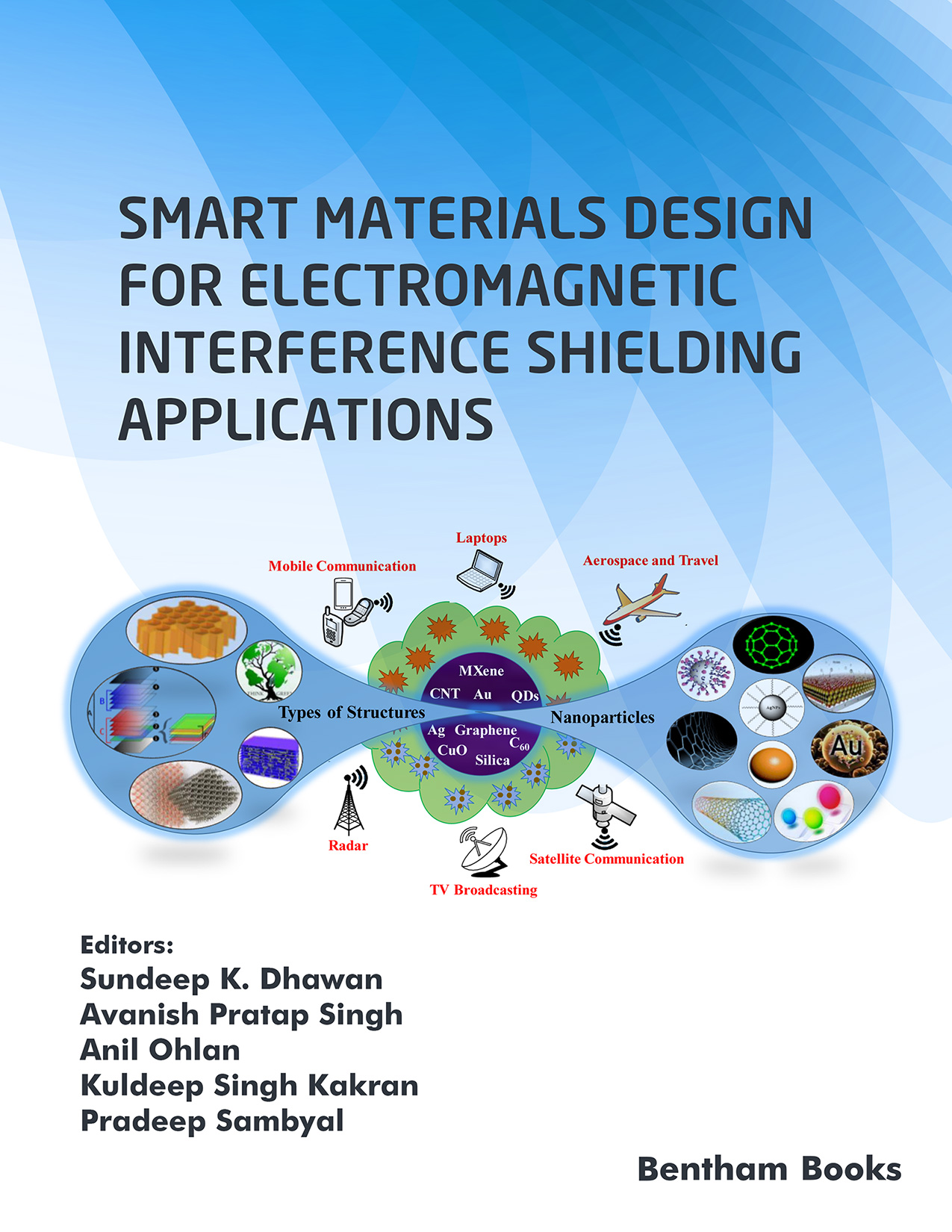Introduction
With the rapid development of electronic technology, mobile communication and satellite communication, electromagnetic interference (EMI) or Radio Frequency Interference (RFI) has received global scientific attention to ensure unperturbed performance of electronic items and to avoid any adverse effect on human health. EMI is one of the main factors that weaken electronic system performance and is considered as a modern form of environmental pollution.
Many efforts have been made to reduce EMI due to industrial regulations. With the expansion of the IT industry, microwave absorbing materials (MAMs) and EMI shielding materials have received considerable interest to improve the resistance of smart devices to EMI.
This book presents a comprehensive review of the recent developments in EMI shielding and the design of microwave absorbing materials. Chapters cover the basic mechanism of shielding and radiation absorption, measurement procedures, factors affecting the shielding and different materials for shielding and absorption (e.g. MWCNT, conjugated polymers, graphene, MXene based hybrid materials, Carbon foam, graphene based thermoplastic polyurethane nanocomposites, carbon-carbon composites, nano ferrite composites and conducting Ferro fluids). An analysis of EMI shielding using fillers composed of different materials is also presented.
In addition, key issues and current challenges to achieve better shielding and absorption performance for various materials are explained, giving the readers a broader perspective of the subject.
The book is suitable as a detailed reference for students in technology, electronics engineering and materials science courses, and professionals working on materials for designing EMI shielding mechanisms.
Audience:
Students of B. Tech / M. Tech / Engineering programs, Researchers and professional engineers working with nanomaterial composites for the design of shielding mechanisms in electronic devices

